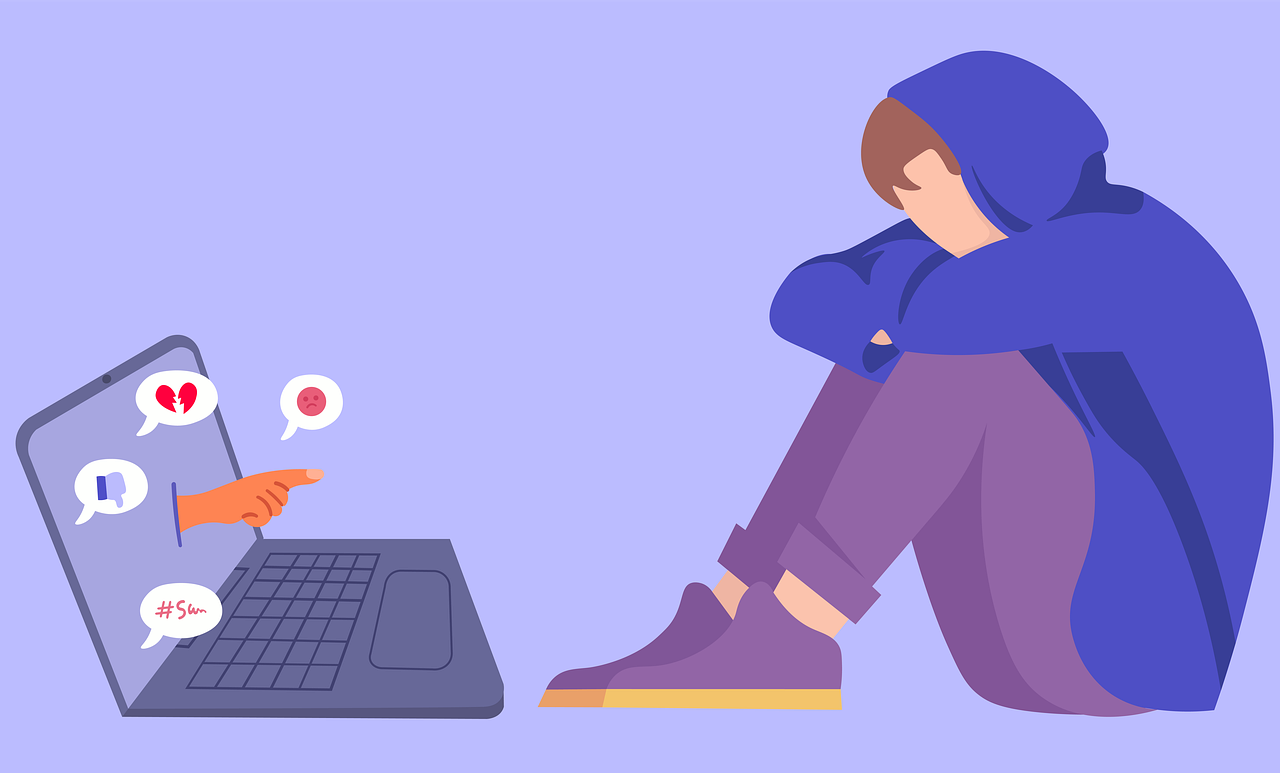Cyberbullying is a serious issue that can affect anyone, including middle school students. In today's digital world, it's crucial to understand what cyberbullying is, how to recognize it, and most importantly, how to prevent and respond to it. This blog post aims to shed light on the topic of cyberbullying and provide guidance for middle school students.
What is Cyberbullying?
Cyberbullying is the act of using digital technologies, such as social media, texting, or online platforms, to harass, threaten, or harm others. It can take various forms, including mean messages, spreading rumors, sharing embarrassing photos or videos, or excluding someone online.Signs of Cyberbullying:
a. Negative Behavior Changes: If you notice sudden changes in a friend's behavior, such as mood swings, withdrawal, or a drop in grades, it could be a sign they are being cyberbullied.
b. Avoidance of Technology: Someone who is being cyberbullied might start avoiding social media or online platforms altogether.
c. Evidence of Harassment: If you come across mean or hurtful messages directed at a friend, take it seriously and discuss it with them.Preventing Cyberbullying:
a. Think Before You Send: Always consider the impact of your words and actions online. If you wouldn't say it in person, don't say it online.
b. Respect Others' Feelings: Remember that there are real people with real feelings behind screens. Be kind and empathetic.
c. Report and Block: If you witness or experience cyberbullying, report it to the platform or a trusted adult. Block the person responsible to prevent further contact.
d. Maintain Privacy: Be cautious about sharing personal information online, and use privacy settings to control who can access your content.
e. Stand Up for Others: If you see someone being cyberbullied, support them and report the incident. Be an ally.Responding to Cyberbullying:
a. Tell a Trusted Adult: If you are a victim of cyberbullying, talk to a parent, teacher, or school counselor. They can provide guidance and help. b. Document Evidence: Keep records of cyberbullying incidents, including screenshots and messages. This can be useful if you need to report the issue. c. Don't Retaliate: Responding to cyberbullying with more negativity can make the situation worse. Avoid engaging with the bully. d. Self-Care: Focus on your well-being. Surround yourself with supportive friends and engage in activities that make you feel good.
Conclusion
Cyberbullying is a harmful and hurtful behavior that can have serious consequences for both the victim and the perpetrator. As middle school students, it's essential to foster a culture of kindness and empathy online. If you encounter cyberbullying or suspect someone is being bullied, take action by reporting it and seeking help from trusted adults. Together, we can create a safer and more respectful digital environment for everyone.

Comments
Post a Comment